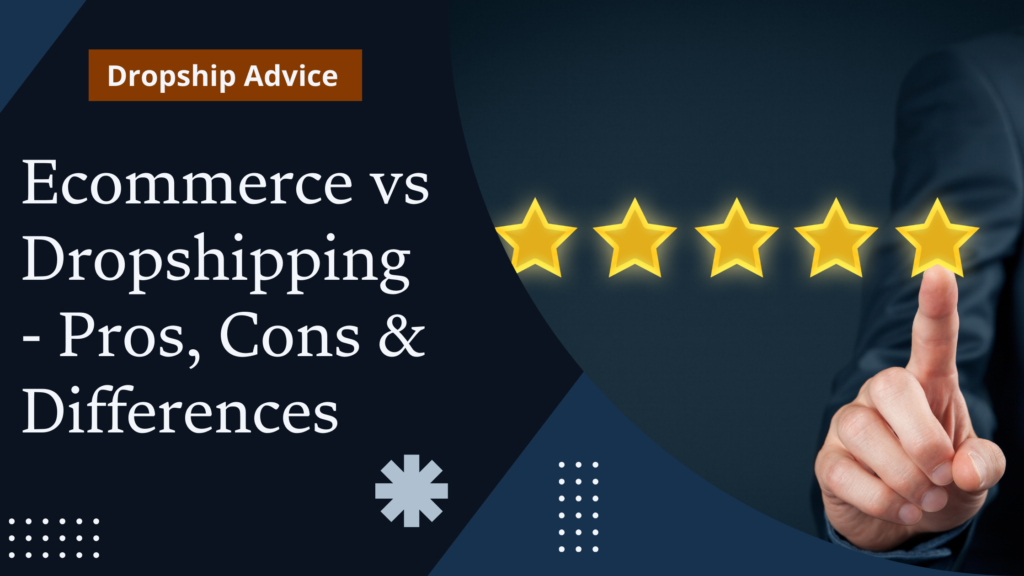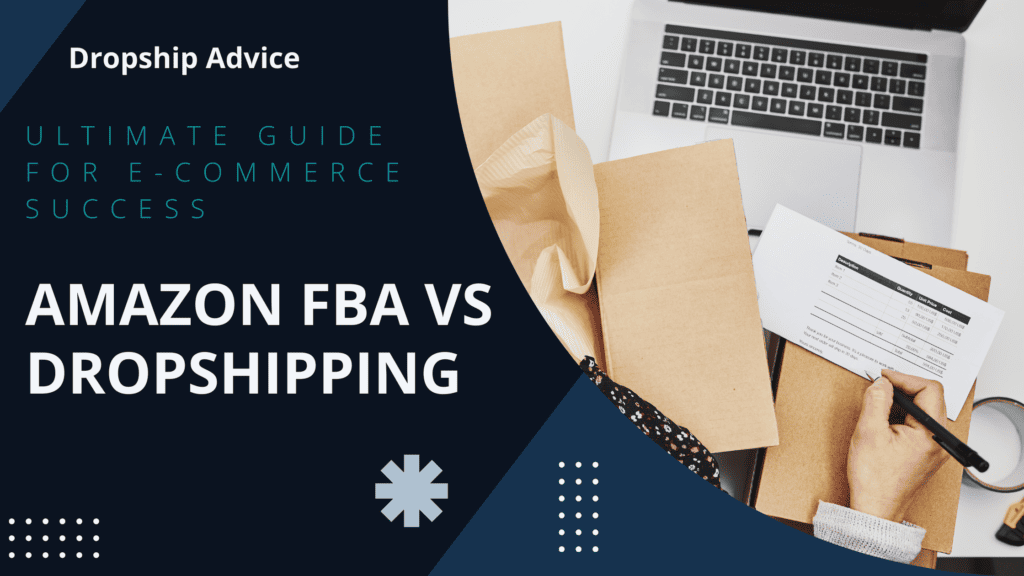If you’re considering starting an online business, you’ve likely come across the terms ecommerce vs dropshipping. But what exactly do they mean, and which one is the right fit for you? In this blog post, we’ll break down the differences between these two business models and help you navigate the decision-making process.
From the initial investment required to the level of control you have over your products, we’ll explore all the factors that can influence your choice. By the end, you’ll have a clear understanding of whether ecommerce or dropshipping is the reigning champion for your online business venture.
What is eCommerce?
Dropshipping business models cut the costs of managing inventory and storage.
Dropshipping stores can be challenging. They have lower profits. They may have stock issues and need more control over shipping and quality. These issues can harm customer satisfaction.
Key Features of eCommerce:
E-commerce has a global reach. It lets businesses sell worldwide. It offers 24/7 availability, allowing customers to shop anytime. Personalized shopping experiences are enhanced by data analytics and customer preferences.
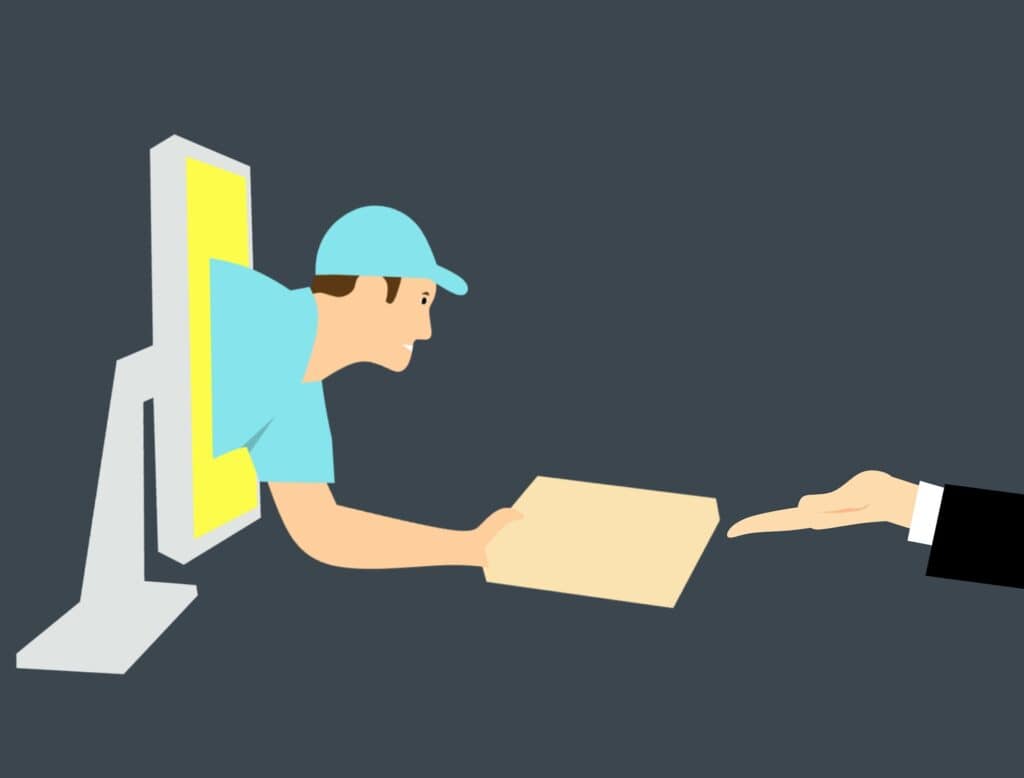
Secure payment gateways and various payment options facilitate smooth transactions. E-commerce platforms also have easy-to-use interfaces. They work on mobile. They also have strong logistics support. This helps with fast orders and delivery. These features collectively enhance the shopping experience and drive business growth.
Pros of eCommerce:
1. Convenience and accessibility:
- 24/7 Availability: Online stores are open around the clock, allowing customers to shop at any time.
- Businesses can reach potential customers worldwide. They can do this by breaking down geographical barriers. They do so using reliable suppliers and social media.
2. Cost reduction:
- E-commerce cuts costs. It reduces the need for physical stores. This cuts rent, utilities, and other overhead.
- Reduced Inventory Costs: Just-in-time inventory management can be more efficiently implemented.
3. Broader Customer Base:
- Data analytics enable businesses to target specific groups. This increases the efficiency of marketing campaigns and audiences.
- E-commerce platforms can personalize the shopping experience. They do so based on user behavior and preferences.
4. Variety and Choice:
- There is a wide selection. Customers have access to a broader range of physical products than in stores.
- It’s easier for customers to compare products, prices, and reviews online. Because of this, there will be more ecommerce sales.
5. Efficiency and Speed:
- Quick Transactions: E-commerce facilitates faster buying and selling processes by third-party suppliers.
- Automated Processes: Automation in billing, payments, and customer service improves efficiency. It is also the best option.
Cons of eCommerce:
1. Security Concerns:
-
- Cyber Threats: E-commerce platforms are vulnerable to hacking, fraud, and data breaches.
- Privacy Issues: Handling of customer data raises privacy concerns.
2. Lack of Physical Interaction:
-
- Customers need tangible experience. They can only see or try products after buying them.
- Impersonal Service: The lack of human interaction can be a downside. It’s a problem for customers who prefer personal service.
3. Technical Challenges:
-
- Website downtime causes lost sales. It is due to technical issues or server crashes. These issues also lead to customer dissatisfaction.
- The logistics are complex. They involve shipping, returns, and customer service. This can be hard, especially for small businesses.
4. Dependency on Technology:
-
- Internet access is crucial for both businesses and customers. But, it can be limited in some regions.
- Tech Savvy: Not all customers are comfortable with online shopping, particularly older demographics.
5. High Competition:
-
- Market Saturation is the issue. Setting up an e-commerce store is easy, so there is a lot of competition. Businesses need help to stand out.
- Price Wars: More competition can lead to price wars. They may reduce profit.
6. Regulatory and Compliance Issues:
-
- Taxation: Different regions have varying tax regulations for e-commerce, complicating compliance.
- Legal Issues: Navigating international laws and consumer protection regulations can be complex.
What is Dropshipping?
E-commerce is short for electronic commerce. It refers to the buying and selling of goods or services in market research over the internet in a wide range. They can operate 24/7 and cut the overhead costs of traditional stores.

Customers benefit from the ease of shopping from anywhere at any time. They also often have access to a wider selection of products.
Payment and security measures ensure safe transactions. Shipping and delivery options provide convenience for consumers and dropshippers. E-commerce has changed how business is done. It has turned the global marketplace into a digital landscape.
Key Features of Dropshipping:
Dropshipping is a retail method. A store buys a product from a supplier. It has the supplier ship the item to the customer.
Key features include low upfront costs for an online storefront. You don’t need to buy inventory. You only buy products after you’ve made a sale. You also get to test and choose products. Plus, you can operate from anywhere with the internet. This makes it a good option for dropshipping entrepreneurs.
Pros Of Dropshipping:
- Startup costs are low. You don’t need to invest much in inventory upfront. This reduces your initial financial risk.
- You have lower overhead costs because you don’t manage inventory or handle shipping. This saves you money compared to traditional retail businesses.
- Dropshipping offers flexibility. You can try different products and niches. You won’t risk being stuck with unsold inventory.
- Dropshipping makes it easy to scale your business. This can be achieved by adding new products. They can be branded or follow market trends.You can do all of this without worrying about managing physical inventory.
- You can operate your dropshipping business from any location with an internet connection. This is thanks to dropshipping apps and services. They give you the freedom to work from anywhere in the world.
- You have access to a wide range of products from different suppliers.
Cons Of Dropshipping:
- You have lower profit margins. You don’t buy products in bulk. So, your margins are lower than those of traditional retail dropshipping models.
- You depend on suppliers. Your success relies on their reliability and product quality. Shipping delays, product quality, and inventory issues can hurt customer satisfaction.
- Competition: Dropshipping has become increasingly popular, leading to higher competition in many niches.
- It would help if you had more control over inventory. You’re not managing it. So, you have less control over stock, product, and shipping. This can lead to customer dissatisfaction.
- Shipping is complex. Coordinating shipments from many suppliers can take a lot of work. It may lead to longer shipping times or higher shipping costs for customers.
- Dealing with customer inquiries, returns, and complaints takes a lot of work. It’s hard when you’re not handling the products or shipping.
Dropshipping can be a good business model. It’s for entrepreneurs. They want to start an online store with little upfront investment. However, it’s essential to consider the challenges and drawbacks carefully. It would help if you did this before diving in.
Ecommerce vs Dropshipping: The Key Differences
- Dropshipping and traditional ecommerce both aim to sell products online. But, they differ in their approach and operations.
- In dropshipping, you don’t hold inventory.You transfer orders to the supplier, who then fulfills them.
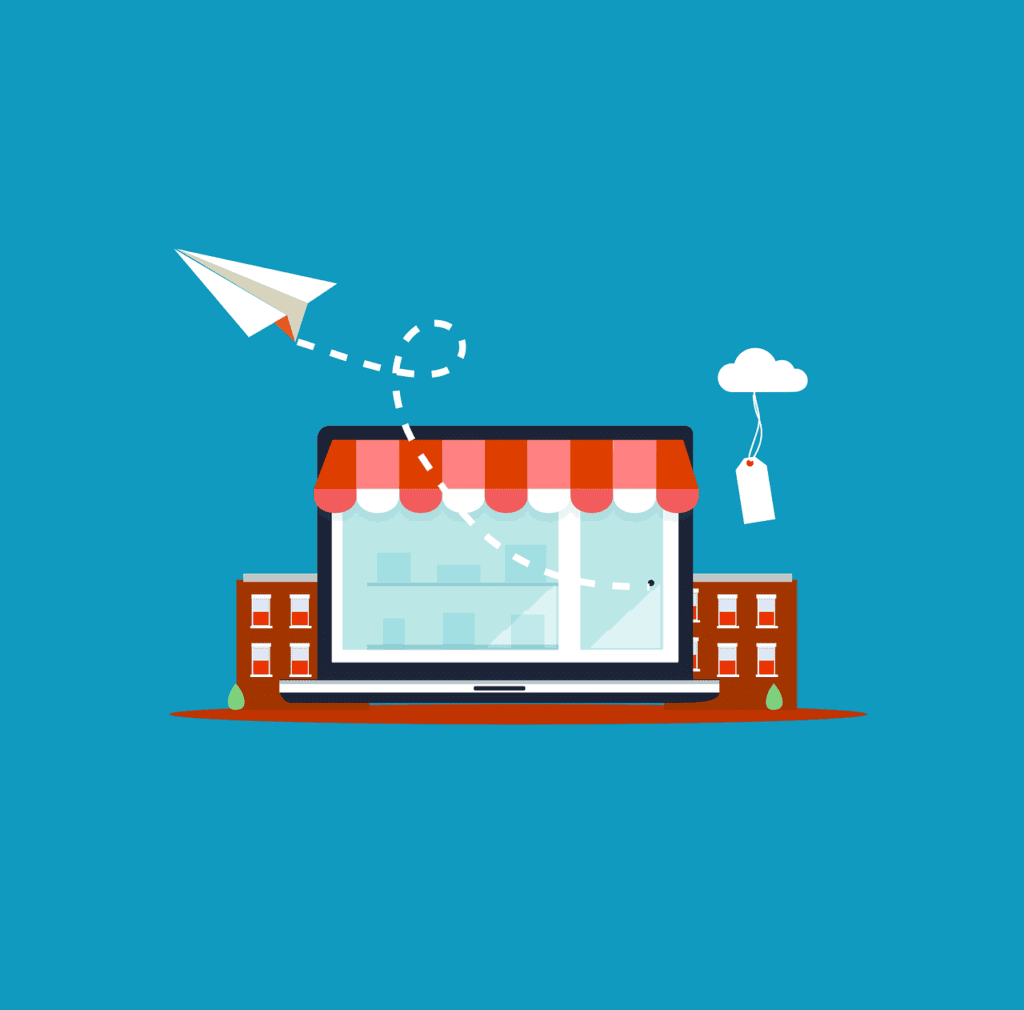
- This minimizes upfront investment and eliminates the need for warehousing and fulfillment infrastructure.
- In contrast, traditional ecommerce involves buying inventory upfront. Then, you store it and manage fulfillment in-house or with third-party logistics.
- Dropshipping offers less risk and more flexibility. But, traditional ecommerce provides more control. It’s over inventory, quality, and customer experience.
How to Choose Between Ecommerce and Dropshipping?
Choosing between dropshipping and traditional ecommerce depends on factors like your
- budget
- time commitment and
- business goals
Choose dropshipping if you have little money for inventory. It will cut upfront costs and risks. It’s also suitable if you prefer a hands-off approach to logistics and fulfillment.
If you’re willing to invest, traditional ecommerce is the better choice;;. You value control over product quality and shipping times. You aim to build a brand with a unique customer experience.
Best Niches For Dropshipping 2024: What To Sell For High Profits?
The best niches for dropshipping are set for high profits. They include health and wellness items, eco-friendly goods, and personalized items. Health and wellness is a lucrative market. Consumer interest in it is rising. They are interested in fitness gear, supplements, and mental health products.
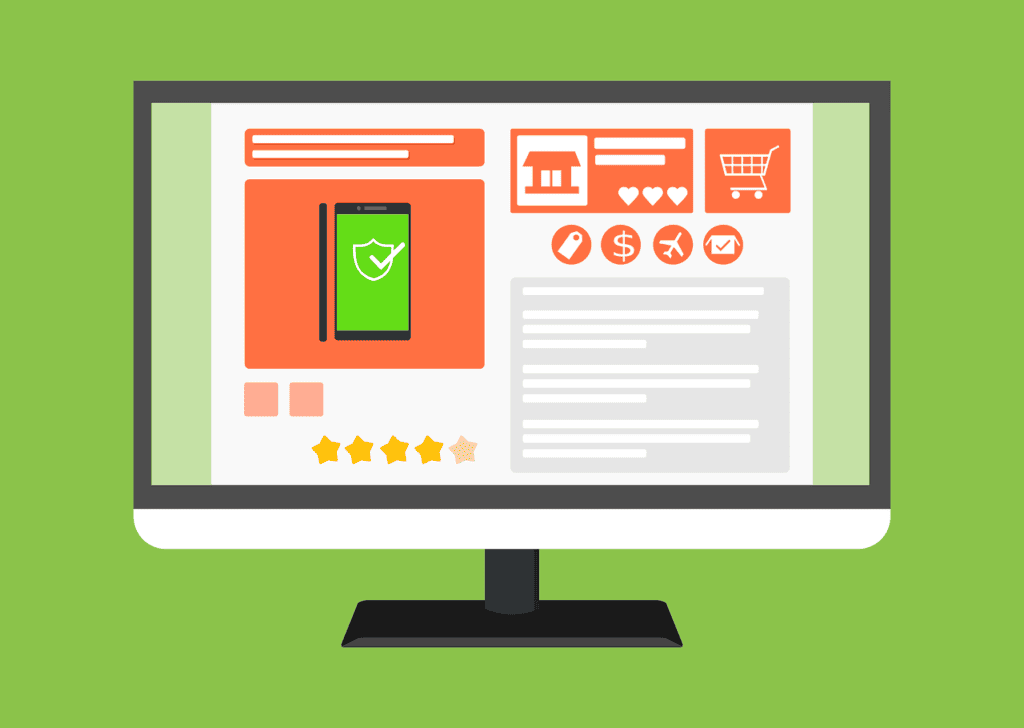
Eco-friendly and sustainable goods include reusable household items, biodegradable products, and zero-waste accessories. They meet the growing demand for eco-conscious living. Personalized items attract consumers. They include custom jewelry, apparel, and home decor. People buy them for their unique, tailored experiences.
Also, trending tech gadgets, pet products, and niche fashion items are profitable. This is because they are popular and have wide appeal. Focusing on these niches can help dropshippers tap into markets with high demand. These markets also have the potential for big profits.
Branded Dropshipping: Best Tactics For Building A Strong Brand?
To build a strong brand in branded drop shipping, focus on defining a clear brand identity. It should connect with your niche market. Also, ensure high-quality products and create a pro, user-friendly online presence. Improve customer trust. Do this by offering great service and a no-hassle return policy.
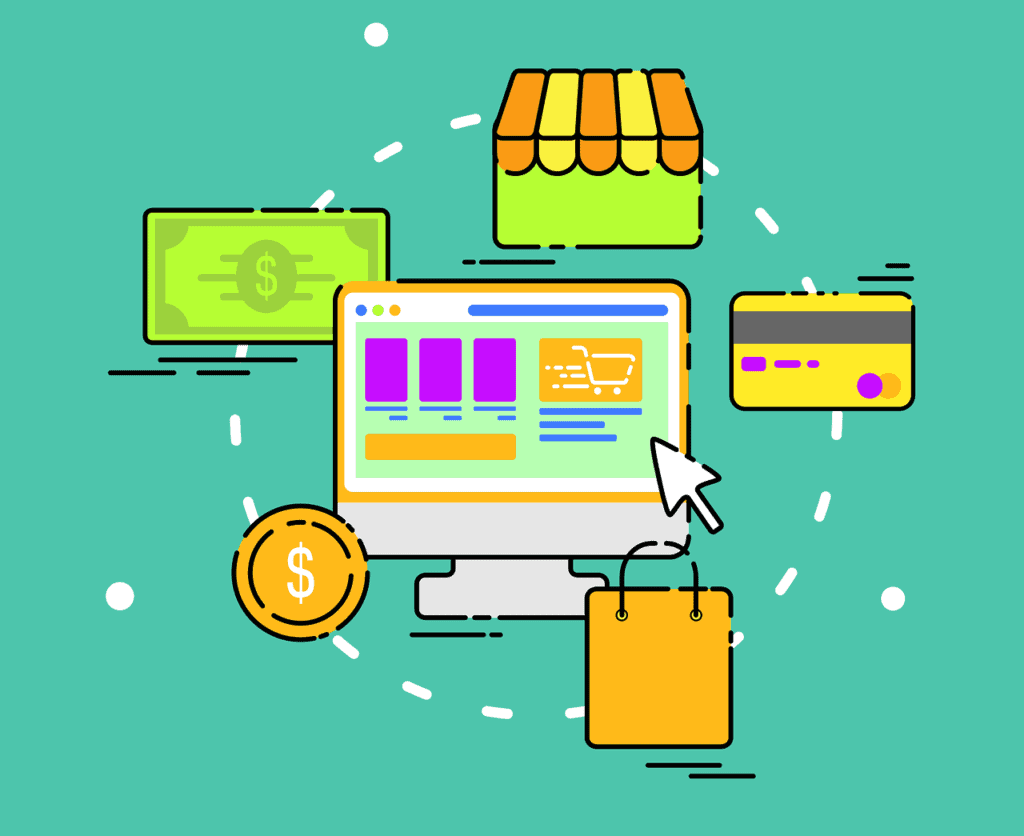
Use social media and content marketing. They help you engage with your audience and promote your products. Also, use targeted ads. Work with influencers and brand ambassadors to boost visibility. Also, invest in custom packaging for a memorable unboxing.
Collect and show customer reviews. This builds credibility. Use them to refine your offerings based on feedback. By using these tactics, you can make your brand stand out. You can also build customer loyalty. This will help you achieve long-term success in dropshipping.
FAQ’s on eCommerce vs Dropshipping:
1.Is dropshipping legal?
Yes, dropshipping is a legal business model. Comply with tax, safety, and consumer laws. Also, follow intellectual property laws.
2.Do I need a business license for dropshipping?
Business license requirements vary by location and also by the type of business. You should research and get any needed licenses or permits. It would help if you had them run a dropshipping business legally in your area.
3.Can dropshipping be profitable?
Dropshipping can be profitable if executed effectively. Success depends on factors. These include product choice, marketing, service, and supplier ties. Dropshipping offers low-risk entry into ecommerce. But, to be profitable, it needs careful planning and execution.
4.How does dropshipping work?
In dropshipping, the seller lists products on their online store. They get the products from suppliers or wholesalers. When a customer places an order, the seller sends the order and shipment details to the supplier. The supplier then ships the product to the customer. The seller earns a profit margin by marking up the product price above the wholesale cost.
Conclusion:
Ecommerce and dropshipping offer diverse opportunities for online business. Ecommerce involves selling goods online while dropshipping streamlines fulfillment. Both models require strategic planning for success in the digital marketplace.

